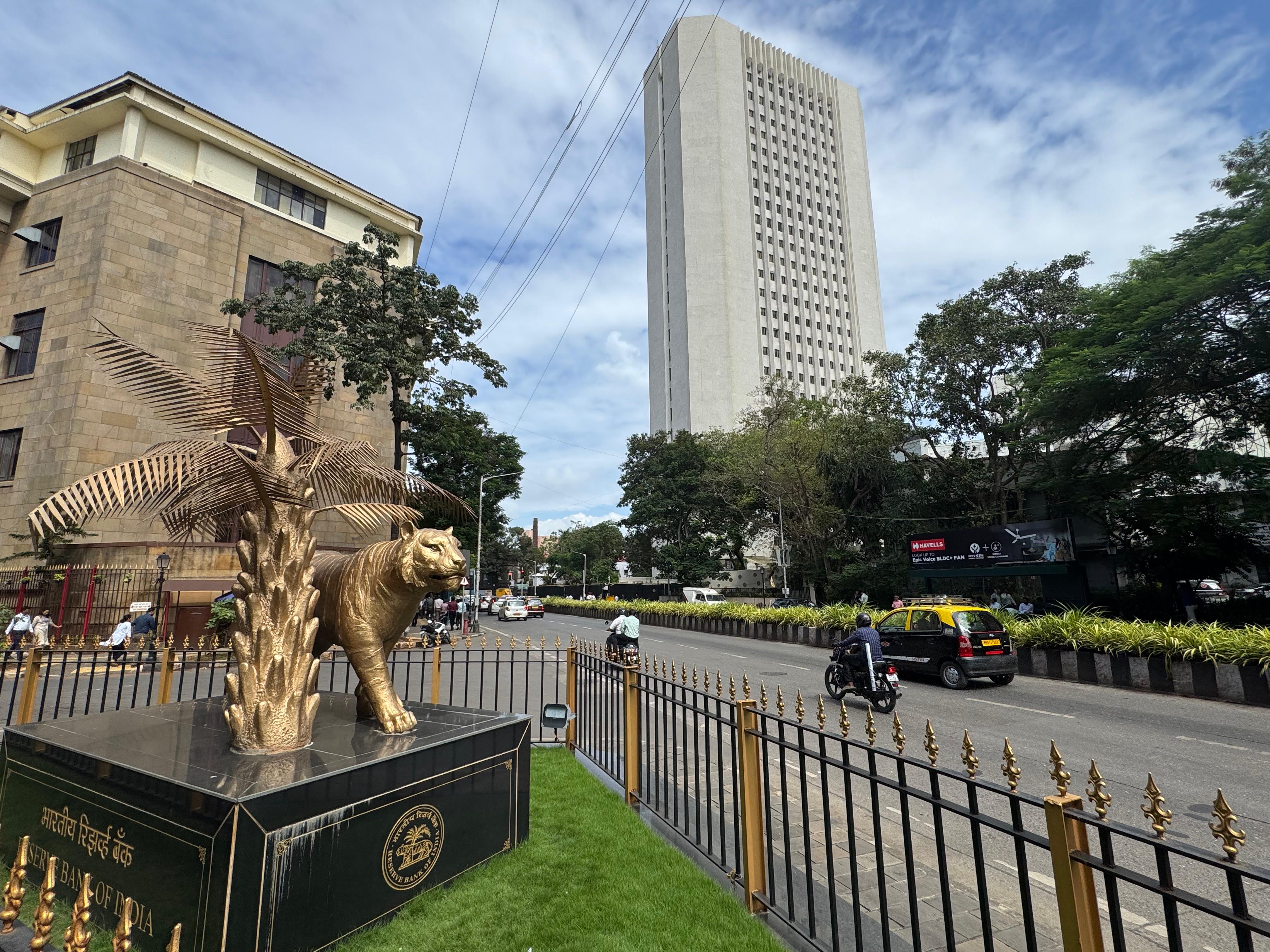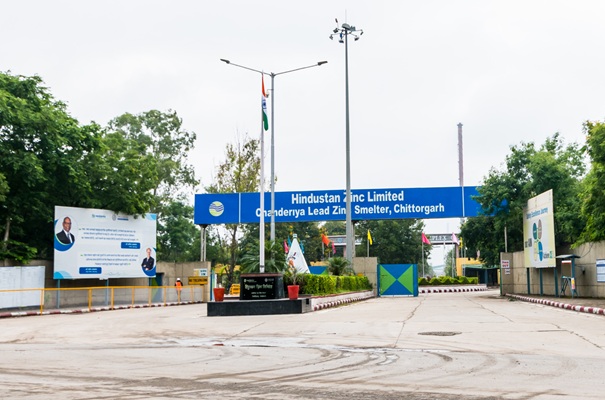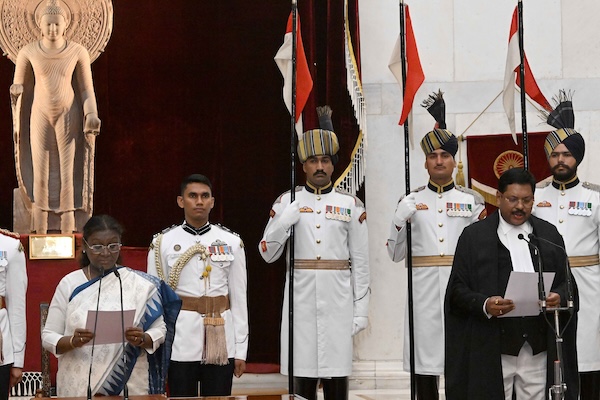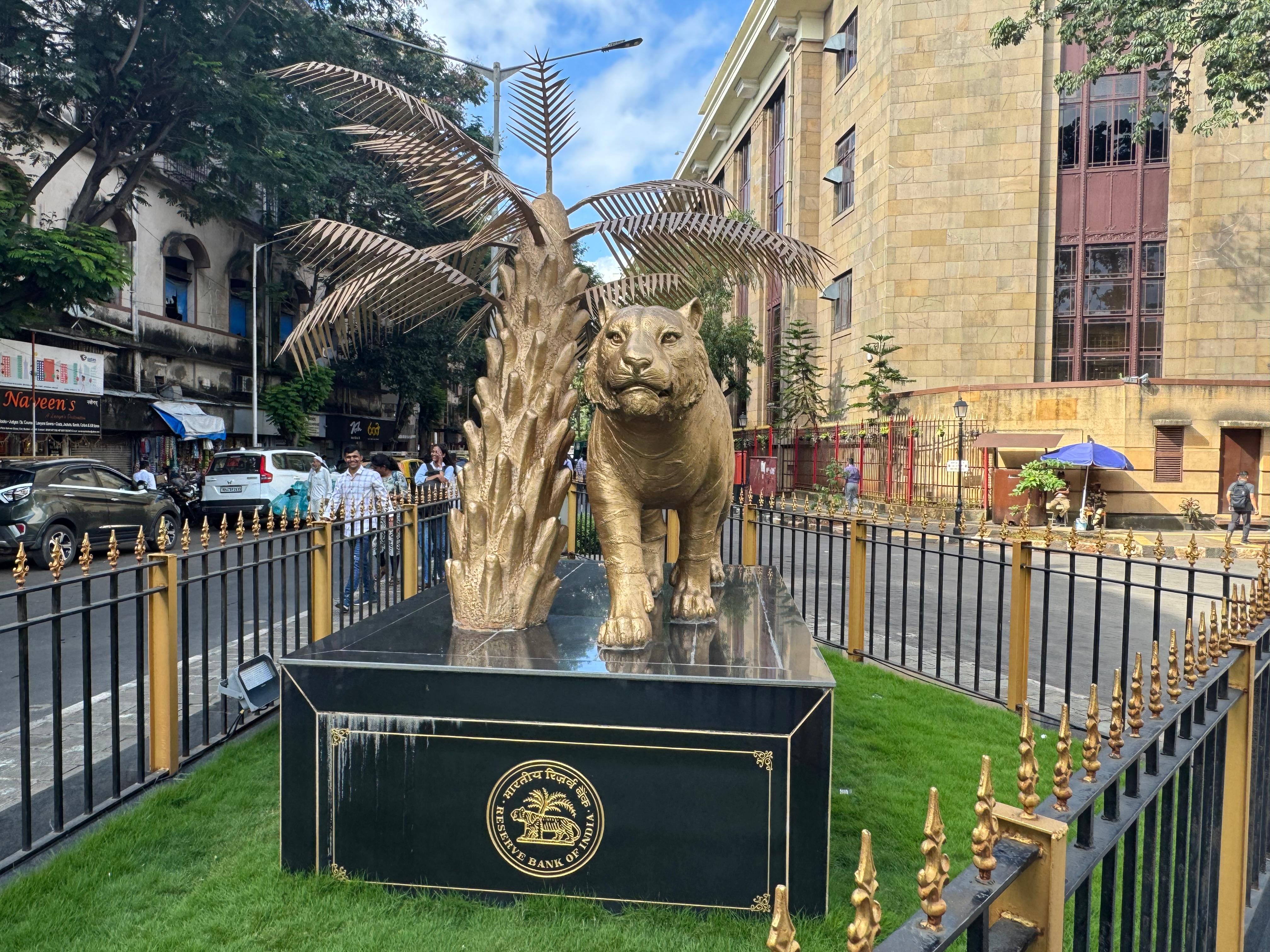.png)
Vote Buying: Does Household Consumption Rise During Elections?
New research using NSSO data shows consistent spikes in household consumption around election dates, particularly for food items such as pulses and meat.
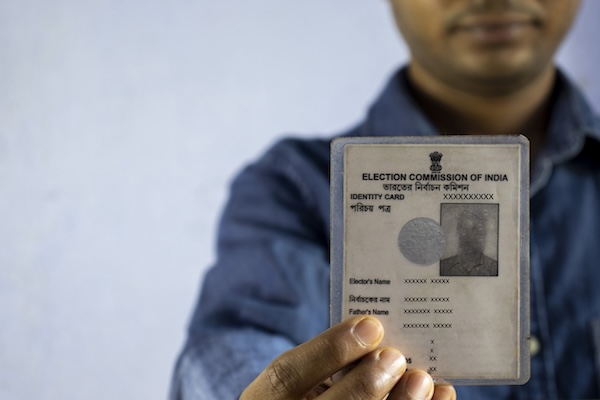

By Amitrajeet A. Batabyal*
Batabyal is a Distinguished Professor of economics and the Head of the Sustainability Department at the Rochester Institute of Technology, NY. His research interests span environmental, trade, and development economics.
October 13, 2025 at 6:28 AM IST
Campaign-linked distributions in India, the world's largest democracy, refer to the practice where candidates or political parties provide cash, goods, gifts, or other material inducements to voters or intermediaries to secure votes. Although this practice is illegal under various laws, such as the Representation of People Act and the Indian Penal Code, it appears to be widespread, particularly in more competitive local and state-level elections.
While there is extensive anecdotal evidence of cash and in-kind transfers to buy votes during elections, direct measurement is challenging due to the illegality of the practice, underreporting, and the secrecy surrounding it. Clearly, political parties and voters alike have little incentive to reveal such exchanges. Therefore, existing studies on coercion in elections often focus on variables like violence or clientelism, leaving vote-buying less systematically examined.
New research by Anirban Mitra of the University of Kent and Shabana Mitra of Shiv Nadar University sheds indirect but valuable light on the elusive practice of election-linked transfers in India by examining the problem in a new way.
Specifically, this research examines changes in household consumption patterns surrounding state elections to identify signs of illicit cash inflows.
Gathering Evidence
Using household survey data from India’s National Sample Survey Office (NSSO) covering consumption and employment between 2004 and 2012, the research employs a so-called difference-in-difference econometric approach. The researchers match the timing of elections in different states with the dates of household surveys to compare consumption expenditures before and after elections. The analysis focuses on six categories: pulses, meat/fish, intoxicants (especially liquor), clothes, health, and education. These items were selected because anecdotal reports often mention them as election-related purchases or gifts. The survey’s recall period of 30 days allowed the researchers to capture short-term expenditure changes linked to the electoral cycle.
The results obtained show consistent spikes in household consumption around election dates, particularly for food items such as pulses and meat. For example, households close to election dates reported significantly higher spending on pulses and animal protein compared to those surveyed at other times.
There were also increases in clothing and, in some cases, health and educational expenditures. Interestingly, spending on liquor did not consistently rise, potentially because alcohol is often directly distributed as gifts by political agents, reducing the need for household purchases. These findings suggest that consumption jumps are not random, but election-driven.
The research under discussion also investigates whether these spending surges can be explained by legitimate increases in economic activity. One possible channel is higher employment during elections, as public works programs and campaign-related jobs expand temporarily. Indeed, the data show that individuals report working more days during election periods. However, total wage payments declined in the same period, meaning that even though people worked longer, they earned less. This paradox rules out the possibility that ordinary labour market dynamics account for the observed rise in consumption. The conclusion, therefore, is that the most plausible explanation for this rise is cash or in-kind transfers from political parties seeking to influence voting.
Is there any heterogeneity in household responses? We learn that poorer households tend to spend election-related windfalls on necessities such as pulses and education, while richer households show more muted effects or allocate additional funds to items like meat. This asymmetry underscores that income level shapes the way households react to unexpected cash infusions.
What do the results mean?
The evidence obtained carries significant implications for democratic accountability and election financing. First, this evidence confirms long-standing suspicions that election-period transfers are not merely anecdotal but has measurable, economy-wide effects on household behaviour. Second, it raises concerns about how such illicit practices distort the democratic process, weaken political accountability, and sustain clientelist networks.
Finally, the findings raise broader questions about election finance in India, where legal limits on campaign spending are low, and political parties often rely on unregulated “black money.” One point worth emphasising is that public funding of elections or stronger enforcement mechanisms may be necessary to reduce the reliance on vote-buying.
In summary, the research discussed here provides a novel empirical insight into an otherwise hidden practice. By showing that household consumption rises sharply around elections, even as wages fall, the paper provides strong circumstantial evidence that cash for votes is a widespread feature of Indian democracy.
The results underscore the need for further inquiry into the sources of illicit election funding and into policy measures that can strengthen the integrity of democratic competition.
*Views are personal
